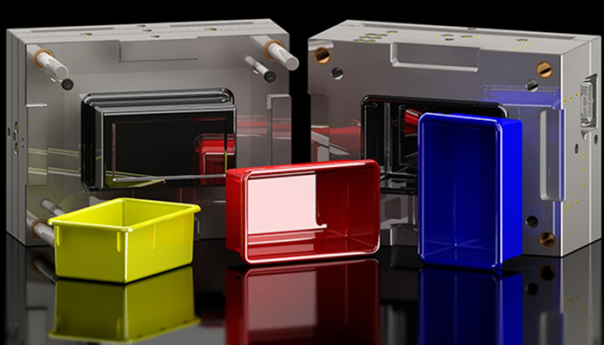Designing an Efficient Plastic Fish Crate Mold: Enhancing Productivity and Sustainability
The fishing industry plays a crucial role in meeting the global demand for seafood. To ensure the safe transportation of fish from the fishing vessel to the market, the use of plastic fish crates has become commonplace. These crates offer durability, stackability, and easy handling. However, the design and manufacturing of the plastic fish crate mold play a significant role in enhancing productivity and sustainability. This article aims to explore the key factors involved in designing an efficient plastic fish crate mold, focusing on productivity and sustainability aspects.
Productivity Considerations:
Size and Capacity:
The size and capacity of the fish crate mold are crucial factors in enhancing productivity. By designing a mold that can accommodate a higher number of fish crates per cycle, the production rate can be increased. This will reduce the manufacturing time required to meet the market demand.
Material Selection:
Choosing the right material for the fish crate mold is essential to improve productivity. High-quality plastic materials with excellent heat resistance and durability should be selected. These materials will ensure that the mold can withstand repeated use without any deformation or damage. Additionally, using materials that are easy to clean and maintain will reduce downtime between production cycles, further enhancing productivity.
Mold Design:
The design of the fish crate mold should focus on minimizing cycle time and optimizing the cooling process. By incorporating efficient cooling channels and proper venting, the mold can achieve faster cooling and reduce the time required for each production cycle. Additionally, designing the mold with easy ejection features will streamline the demolding process, further improving productivity.
Sustainability Considerations:
Recyclability:
In today’s environmentally conscious world, designing a mold with recyclable materials is crucial for sustainability. By selecting plastic materials that can be easily recycled, the fish crate mold can contribute to reducing plastic waste. Manufacturers should also consider implementing recycling programs to ensure that the used molds are properly recycled at the end of their lifecycle.
Energy Efficiency:
The energy consumption during the manufacturing process is a significant sustainability concern. Designing a fish crate mold that optimizes energy efficiency is essential. This can be achieved by incorporating energy-saving technologies such as efficient heating and cooling systems and using automated processes that minimize energy wastage.

Designed with practicality in mind, the plastic fish crate mold allows for easy maintenance. This feature minimizes downtime and ensures that fisheries can maintain seamless operations without significant disruptions.
Life Cycle Analysis:
A comprehensive life cycle analysis of the fish crate mold should be conducted to assess its overall environmental impact. This analysis will identify areas where improvements can be made to reduce the mold’s carbon footprint. It will also help in making informed decisions regarding material selection, manufacturing processes, and end-of-life disposal methods.
Conclusion:
Designing an efficient plastic fish crate mold requires careful consideration of productivity and sustainability aspects. By focusing on factors such as size and capacity, material selection, and mold design, productivity can be enhanced, leading to increased production rates. Simultaneously, incorporating sustainable practices such as recyclability, energy efficiency, and life cycle analysis will ensure that the mold contributes to environmental preservation. By implementing these design considerations, the fishing industry can improve its supply chain efficiency while reducing its environmental impact.
Előző:Components of an Injection Moulding Machine
Következő: Creating Plastic Moulds: A Guide to Precision Engineering in English
-
Injection Mold Parts: The Backbone of Modern Manufacturing
2023-5-31
Injection mold parts are critical components of modern manufacturing processes. They are widely used in various industri...
Részletek megtekintése -
Revolutionizing Seating: The Rise of Plastic Moulded Chairs
2023-11-18
Seating is an essential aspect of our everyday lives. From chairs in our homes to office furniture and outdoor seating, ...
Részletek megtekintése -
Háztartási gépek öntőalkatrészei
2023-4-20
Home appliances are a vital part of modern-day living, and they have become an essential part of our daily lives. From r...
Részletek megtekintése -
Making Large Plastic Molds: A Guide to Creating Custom Plastic Parts
2023-6-9
Plastic is a versatile material that is used in a wide range of industries, from automotive to electronics, medical to c...
Részletek megtekintése -
How are precision moulds made?
2024-12-3
In the vast field of manufacturing, precision moulds play a vital role. Not only are they key tools in the production of...
Részletek megtekintése -
Hogyan válasszuk ki a megfelelő műanyag fröccsöntő céget
2023-2-14
A műanyag fröccsöntés kiszervezésére vonatkozó döntés meghozatala nem olyan könnyű dolog.
Részletek megtekintése







